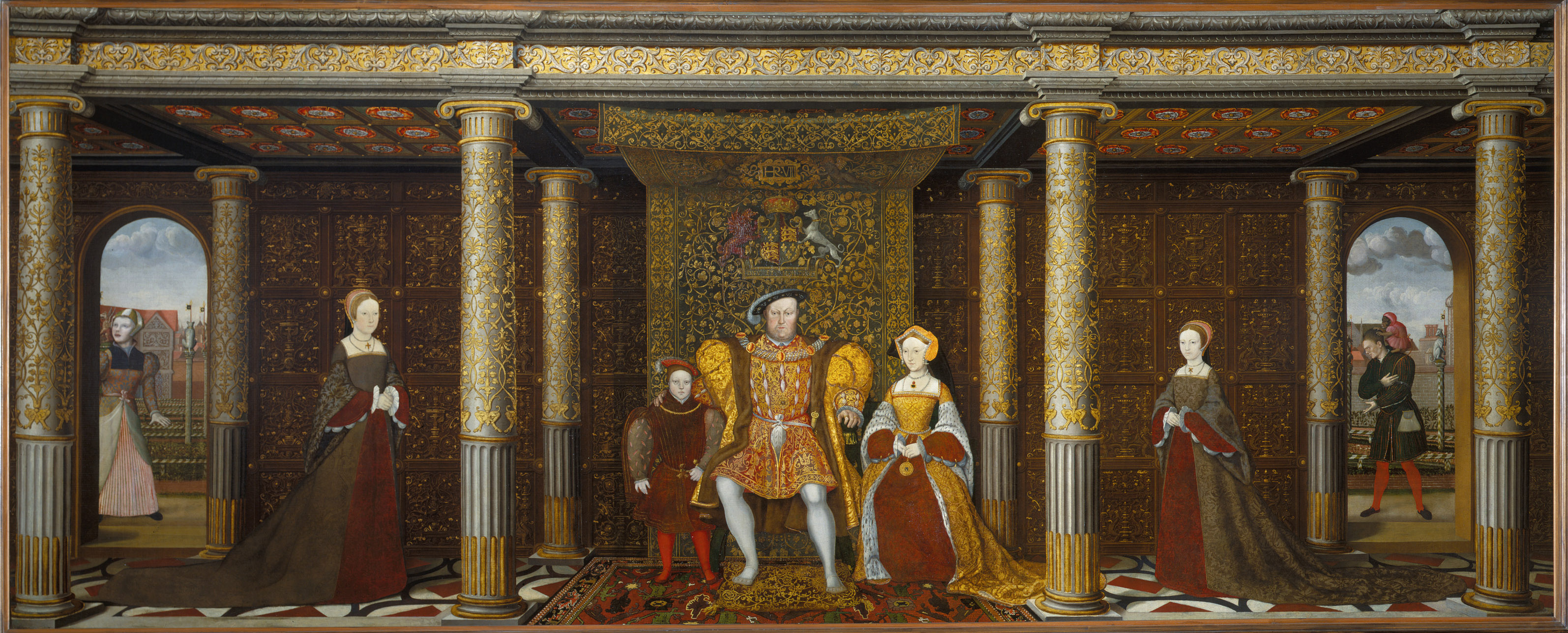Although, in truth I doubt being misquoted in the Scunthorpe Evening Telegraph is likely to be the first step on a glittering media career!
What I actually said was that a research project conducted by one of our doctoral students some years ago on a pilot project in one school in Cambridgeshire found that the school abandoned the idea because the children found the laptops too heavy. Which isn’t quite the impression the article gives. I suspect “schools in Cambridge” would be quite surprised to find that they had distributed laptops to their students. And I dont’ remember saying that the presence of a VLE meant that students would get instant feedback on their marks. They can access the marks instantly once tutors have marked their work, but I think we’re some way from instant marking of written work. (On-line multiple choice tests are a different matter of course, but we didn’t talk about them.)
I don’t really mind – the concern about overloading school children with extra equipment remains valid and the substance of the article is quite interesting. As an educational technologist, I think the project described sounds very promising and is worth watching. My reason for posting about this is to contribute to the debate about the accuracy and quality of material on the Internet as opposed to print media. Of course I could have made all this up. I didn’t though. A copy of the doctoral thesis I referred to is in the University library although the name of the author temporarily escapes me. But I guess the newspaper didn’t check it’s facts either. You’d hardly expect that in a local paper filler piece of course, but the moral of the story is when you’re faced with a piece of information, wherever you read it, don’t believe a word of it until you can back it up with some evidence.
